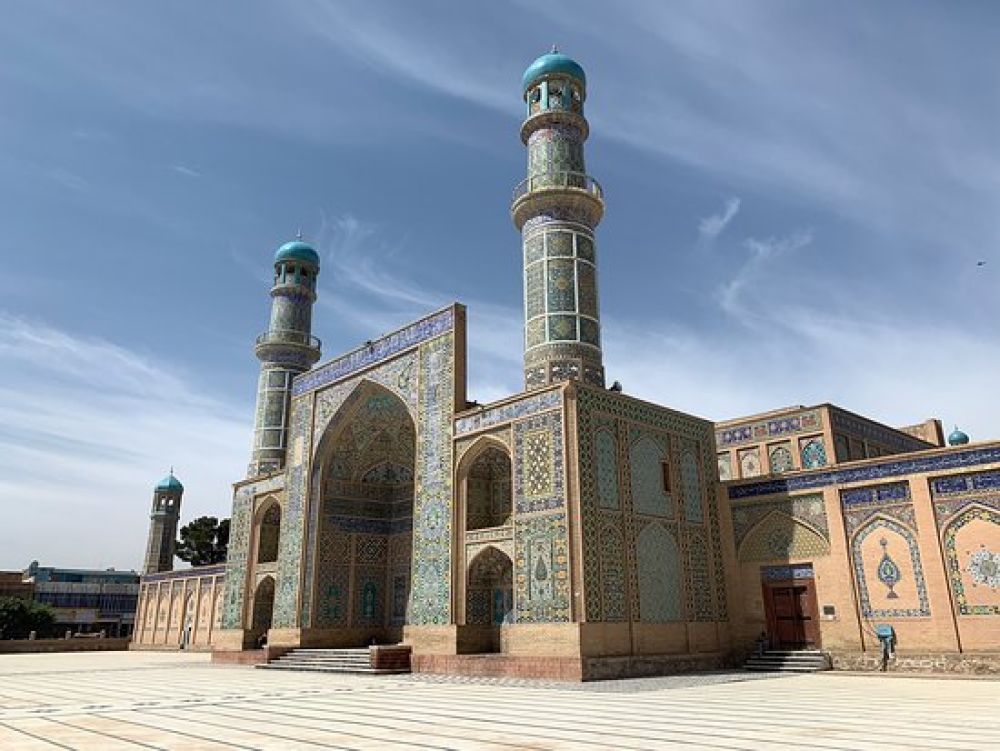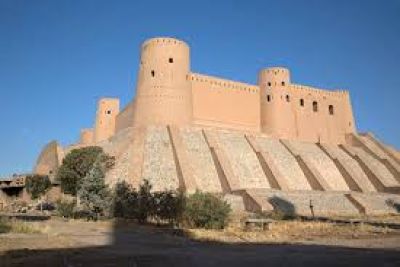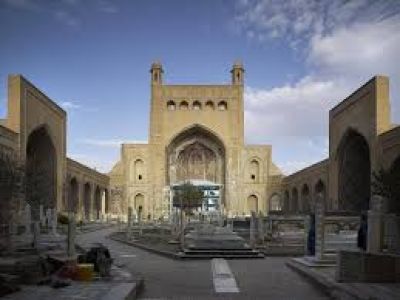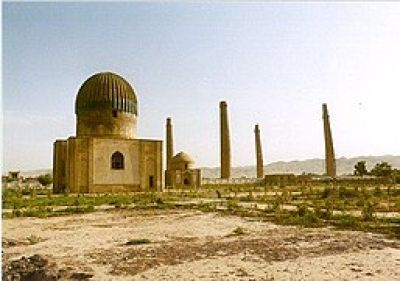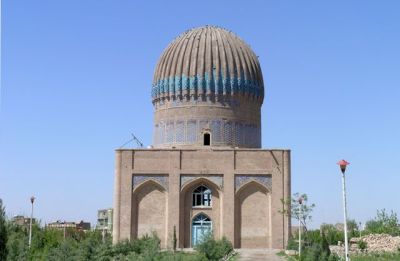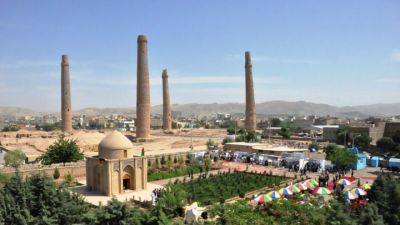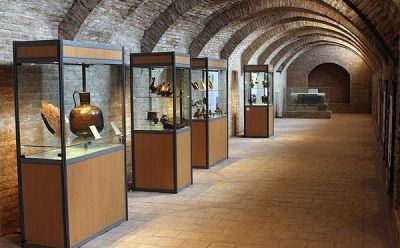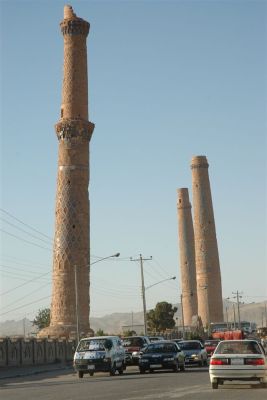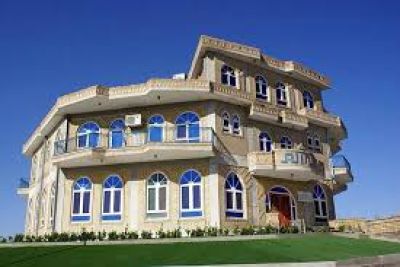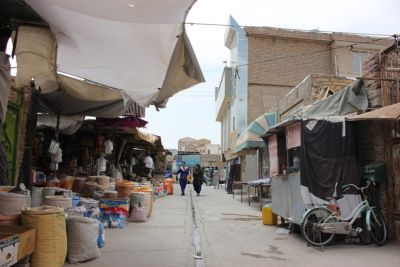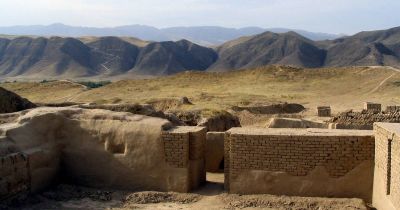Friday Mosque (Masjid Jami) of Herat, Afghanistan
Historical Background
The Friday Mosque of Herat, often referred to as the Masjid Jami, is an ancient and storied edifice in the heart of Herat, Afghanistan. Its origins can be traced back to the year 1200 AD, although the site itself has been a sacred place dedicated to Islamic worship since the 7th century.
Over the centuries, the mosque has witnessed numerous renovations and reconstructions, most notably under the Timurid rulers in the 15th century who were great patrons of Islamic art and architecture. The mosque's importance as a center for religious, educational, and social gatherings has made it a symbol of the city's resilience and rich cultural heritage.
History of Tourism
Tourism at the Friday Mosque of Herat has seen its ebbs and flows, largely influenced by the political and social climate of the region. During times of stability, the mosque has attracted tourists and scholars from around the world, drawn by its sublime architecture and intricate tile work, which showcases a remarkable blend of Islamic motifs and calligraphy.
In the latter half of the 20th century, instability in Afghanistan led to a marked decrease in tourism. Despite this, the mosque remained a site of pilgrimage for the faithful and a point of interest for those interested in the rich tapestry of Afghan history.
Latest Tourism Trends
In the present day, tourism at the Friday Mosque of Herat faces significant challenges due to ongoing security concerns within Afghanistan. However, there is a dedicated effort, both locally and internationally, to preserve this historic site for future generations.
The mosque has gained visibility through digital media, with virtual tours and online archives allowing people from across the world to explore its architecture and art. This digital exposure is a contemporary trend in the tourism sector, aimed at fostering global appreciation and support for heritage sites in areas where tourism is not currently feasible.
Efforts by organizations such as UNESCO, which included the mosque on its Tentative List of World Heritage Sites, also indicate a growing recognition of the mosque's significance and the need for its conservation.
